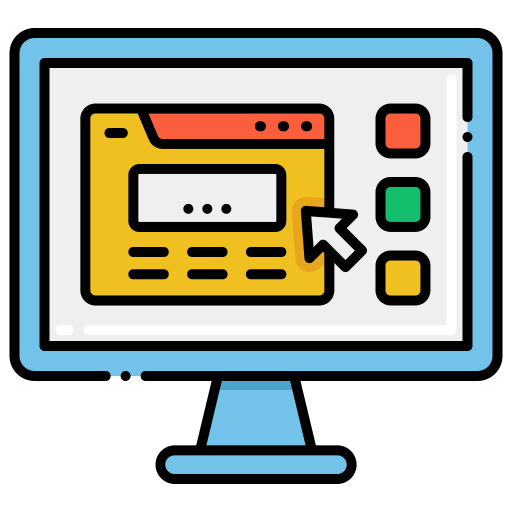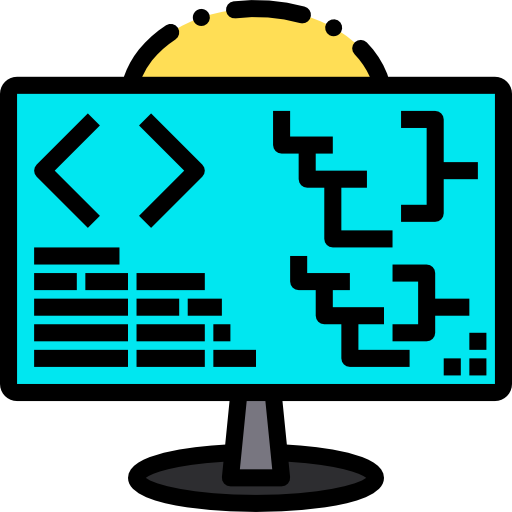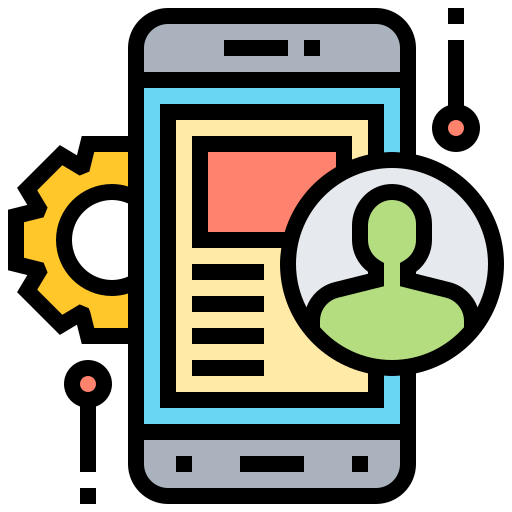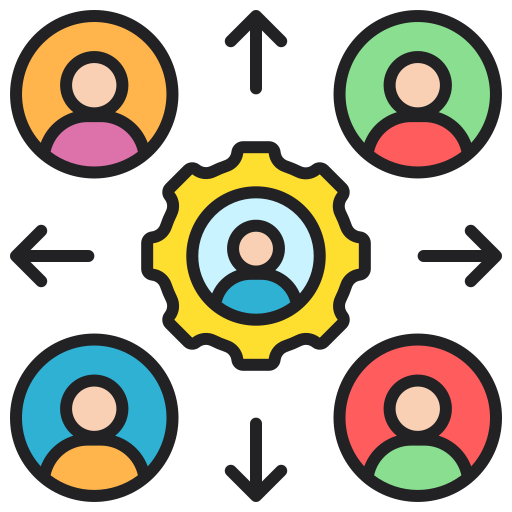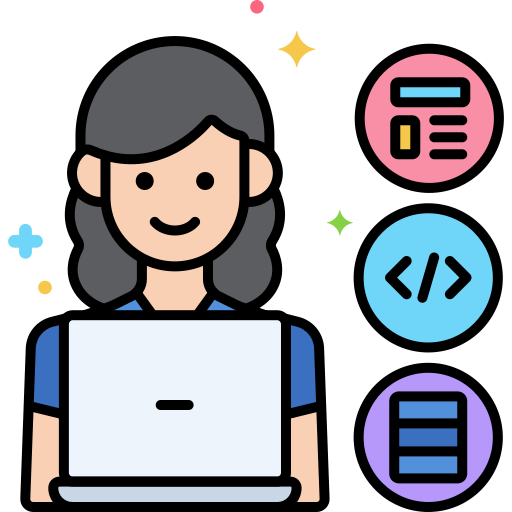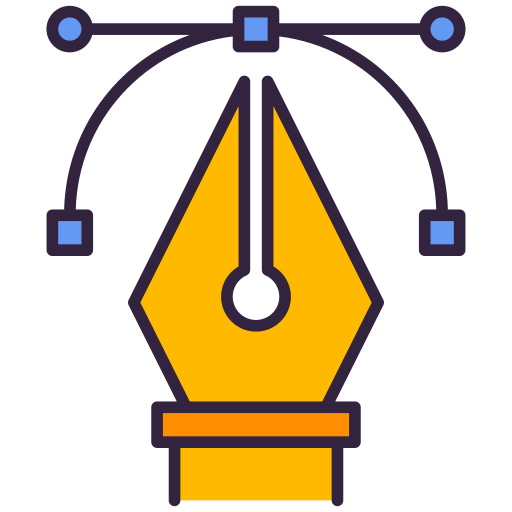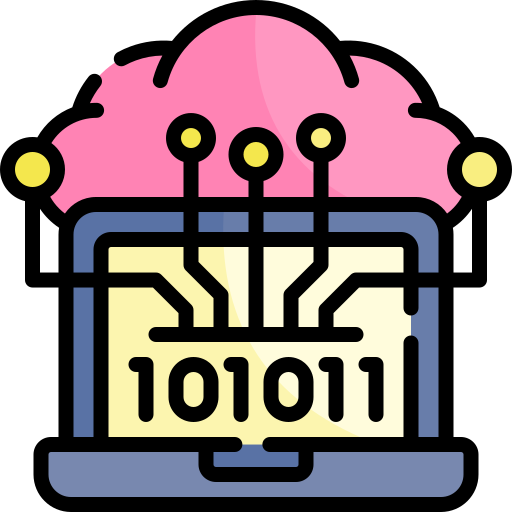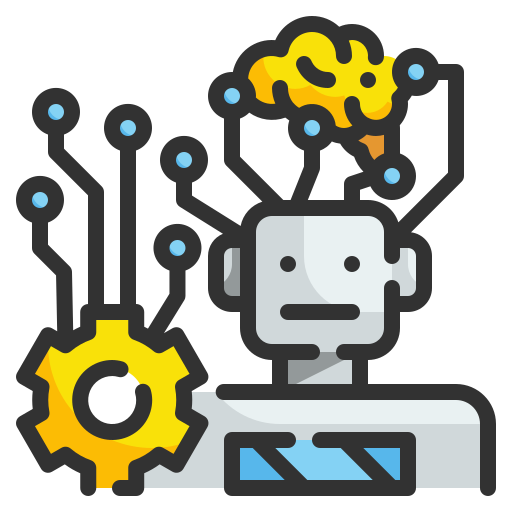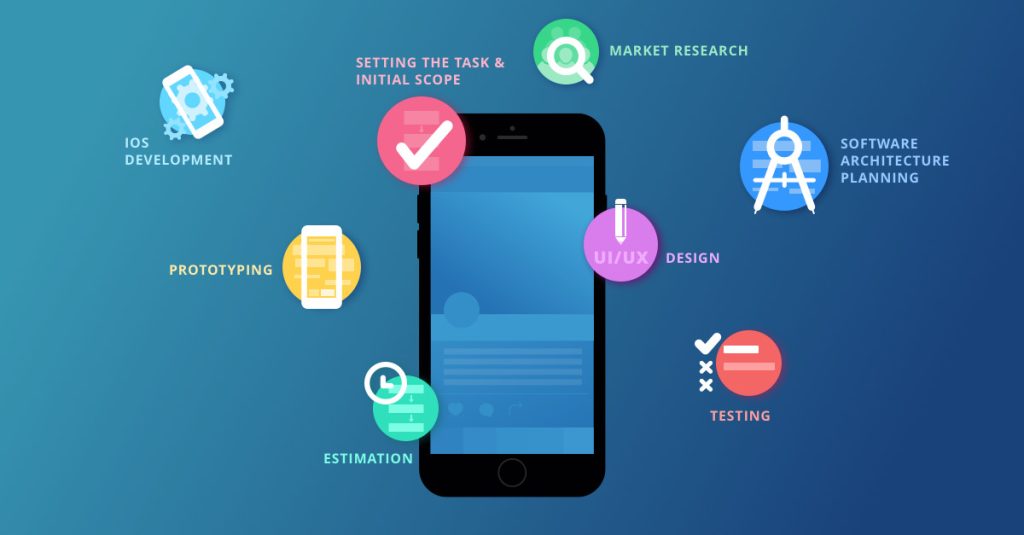Modern business operations require mobile applications because they enable the expansion of business reach. Without proper direction the mobile application development process appears complex. All necessary information for app development is presented in a simplified manner throughout this comprehensive guide which starts at the concept stage and finishes with app launch.
Mobile apps have become essential components for current market operations
Mobile applications ruling the Apple App Store and Google Play Store have completely changed how people engage in shopping and business activities and communicate with others. An intuitive well-designed mobile app delivers benefits which vary according to your objectives whether you operate a startup business or enterprise organization.
- Increase brand awareness
- Improve customer engagement
- Your mobile app should produce earnings through offering purchases to users within the app combined with advertisement display or subscription programs.
- Enhance operational efficiency
- Knowledge of the basic principles of app development will lead to cost reductions and operational efficiency and a successful outcome.
Step 1: Planning and Ideation
- A successful application requires definite purpose definition as well as audience identification before starting the coding process. Ask yourself:
- A crucial step is to determine what challenge my application alleviates.
Who is my target audience?
- I need to determine all necessary features which would benefit my application.
- My application stands apart from other options by providing what makes it unique in the market.
- Before app development start by researching competitor apps to collect user opinions while surveying market demand for the proposed app concept.
- The process of picking the right application type belongs to step number two.
- Mobile app selection determines both performance quality and development expenses and user satisfaction ratings.
There are three main types:
1. Native Apps
Each application type requires its own programming language because they focus on one specific operating system either on iOS with Swift/Objective-C or Android with Kotlin/Java. Native apps deliver top performance through native device utilization at the cost of high development expenses.
2. Web Apps
Web Apps operate as mobile-friendly versions of applications except they do not need users to perform downloads. The convenience of these apps comes with partial sacrifice of native features due to their affordable cost.
3. Hybrid Apps
- A single group of written code enables hybrid applications to function across different platforms resulting in both faster development times and reduced costs. Two main application frameworks currently in use by developers are React Native combined with Flutter.
- Choose between app types that offer the most advantageous relation of cost and user specifications.
- The design phase of user experience (UX) and interface (UI) follows step three.
- Software applications need a user-friendly aesthetic design to succeed in the market.
When designing your app:
- The user interface should maintain a basic design that users find easy to understand.
- The use of a uniform selection of titles plus a standard set of icons and text styles should be applied throughout the project.
- The interface should provide a user-friendly experience while maintaining rapid speed of loading content.
- Material Design for Android users along with Human Interface Guidelines for iOS represent platform-specific design rules for development.
- The application layout becomes clearer through wireframes and prototypes which precede the development stage.
When deciding on the correct technology stack proceed to step four of the process.
Your application depends on its type through the following tech stack:
For Native Apps: Swift (iOS), Kotlin (Android)
For Hybrid Apps: React Native, Flutter, Xamarin
For Web Apps: HTML5, CSS, JavaScript, Progressive Web Apps (PWAs)
The selection of proper tools results in highest possible performance levels combined with scalability capabilities.
Step 5: Developing the App
A development project contains three fundamental stages.
1. Front-End Development
The app user interface gets coded while adding animations and buttons together with interactive elements.
2. Back-End Development
Programmers establish systems which include databases along with APIs and authentication mechanisms and cloud services to operate data with maximum efficiency.
3. Testing and Debugging
Necessary operations for testing help discover broken features and perform their correction. Perform:
- Everything works properly according to the requirements during functional testing
- Tests for measuring both performance speed and system stability constitute performance testing.
- Security testing supports the protection of data belonging to users.
- A usability testing process will contribute to improving user experience during evaluation.
Step 6: Deploying Your App
You need to submit your application to the Google Play Store platform if you have an Android device or opt for the Apple App Store which caters to iOS users. Follow these steps:
- Create a developer account
- Your application needs to satisfy all requirements stated by the platform guidelines.
- Enhance your application details with the perfect selection of descriptions images and keywords.
- Submit for review and approval
- The review process at app stores takes approximately several days thereby requiring you to remain ready for potential requirements for changing your app.
Step 7: Marketing and Monetization
Quality does not guarantee success unless a product gains proper marketing support. Use strategies like:
- ASO techniques help apps achieve better search rankings within app stores.
- Social media promotion and influencer marketing
- Paid ads and partnerships
- Press releases and blog promotions
- Monetization strategies include:
- In-app purchases
- Subscriptions
- Advertisements
- Sponsorships
- The selection of a monetization model bases on your app type combined with your target audience demographics.
- Common Mistakes to Avoid in App Development
- Skipping market research and validation
- Including an overwhelming number of features during the first product release
- Ignoring security and user privacy
- Neglecting regular updates and maintenance
- Making light of user feedback constitutes a major mistake
- These mistakes produce waste of time while creating expensive mistakes therefore you should avoid them.
- Future Trends in Mobile App Development
- The key to leading the market is implementing upcoming trends:
- Artificial Intelligence & Machine Learning – Smart recommendations and automation
- 5G Technology enables faster connection speeds which results in uninterrupted application usage.
- Active and simulated reality through AR/VR enables users to access better games and shopping opportunities and training tools.
- Blockchain Integration – Secure transactions and decentralized applications
- Smartwatches and connected devices access applications from the category of Wearable & IoT Apps.
- To maintain your market competitiveness your app needs to stay updated with current trends in the industry.

